Fundamentals of my setup & the „why“
This will be the first post of a series where I will go into details about my current retro computing setup. To get things started this post will details the fundamentals of my setup and more importantly: why this collection is of personal value for me. Following posts will go into details about the systems, and their add-ons and/or mods. Some parts of this post will be „censored“ until the follow-up for the related systems are posted. Later I will replace these when the corresponding posts will go online.
Update #1: Replaced some „*CENSORED*“ relating to the C64 with their proper content / link.
Update #2: Replaced some more „*CENSORED*“, this time relating to the Amiga 500.
Let’s begin with the „why“
Readers of this will most likely be aware that I’m a software developer. But only a few know how I got into computers at all. The retro systems I have are all of personal „historic“ value to me. These day they also have some real value, but that’s not what this is about. They basically tell my story of growing up with them. With some added fun that either was not affordable back then or not even technical feasible. Sadly none of them is one of my original systems. I was one of the many who sold of stuff when it wasn’t needed, or even gave it away. These days I could kick my ass for that, but well…
Over the last few years I’ve managed to get replacements for all of my systems, not the exact same version etc. in all cases – but that doesn’t matter to me. For me it was important to have my childhood back, to boil it down. It’s always nice to get back to childhood memories and in this case it has the added value of applying modern knowledge and/or possibilities to these systems.
Fundamentals of my setup
Video
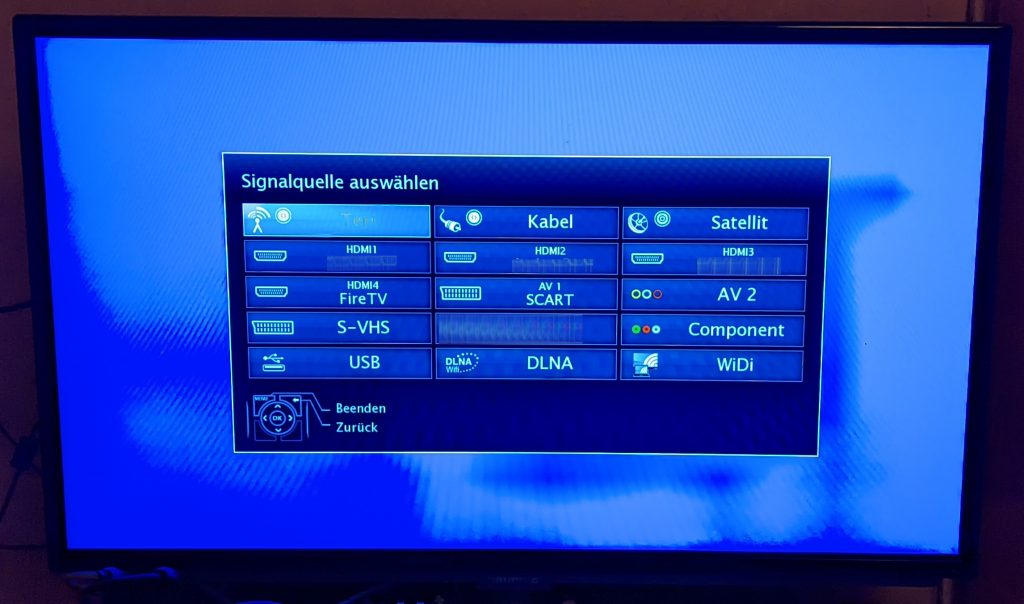
The display I’m using for all of the systems is a old 32 inch „pseudo-smart“ (custom OS) TV, „Grundig 32 VLE 7321 BL“, that I’ve decommissioned in the living room for it being seemingly broken (another story…) and sucking hard anyway. But as a display for retro stuff it’s good enough. Of course it has several „image enhancements“ that need to be turned of for best results but that applies for any modern TV. Since my collection is located in my personal / sleeping room the TV also has an FireTV stick for bedtime TV – yeah, bad habit – I know.
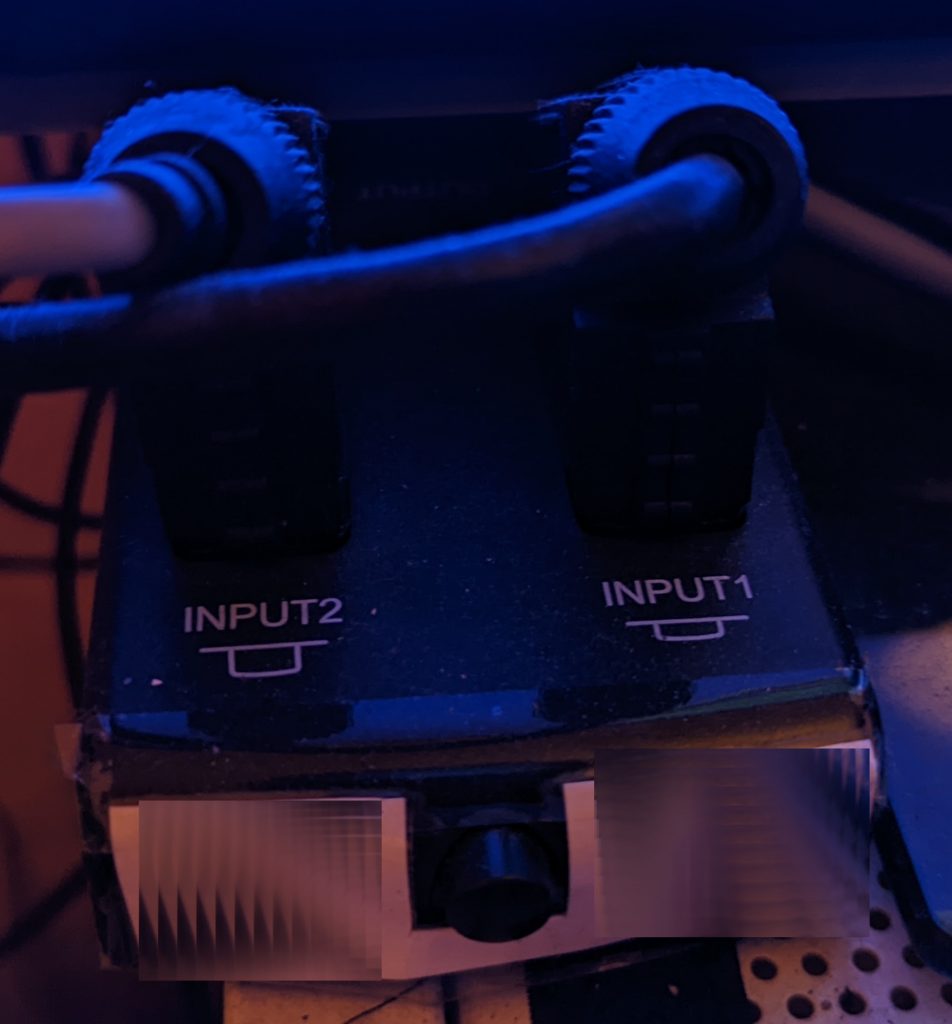
Connected to that TV is a SCART switcher for analog inputs of the C64 and Amiga 500. One of the good ones, truly separating the inputs when you switch (Philips SWV 2053 W/10). But the *CENSORED* is still connected by RF currently. Not sure if that will ever change. The C64 and Amiga 500 are also connected by HDMI for some modern comfort on the eyes. I primarily use the HDMI inputs, but I like to keep the analog inputs for sake of completeness. Also connected via HDMI is a *CENSORED*, which is also acting as nullmodem ppp server for the Amiga 500. Thought it’s not needed anymore, the Amiga got Ethernet by now.
Audio
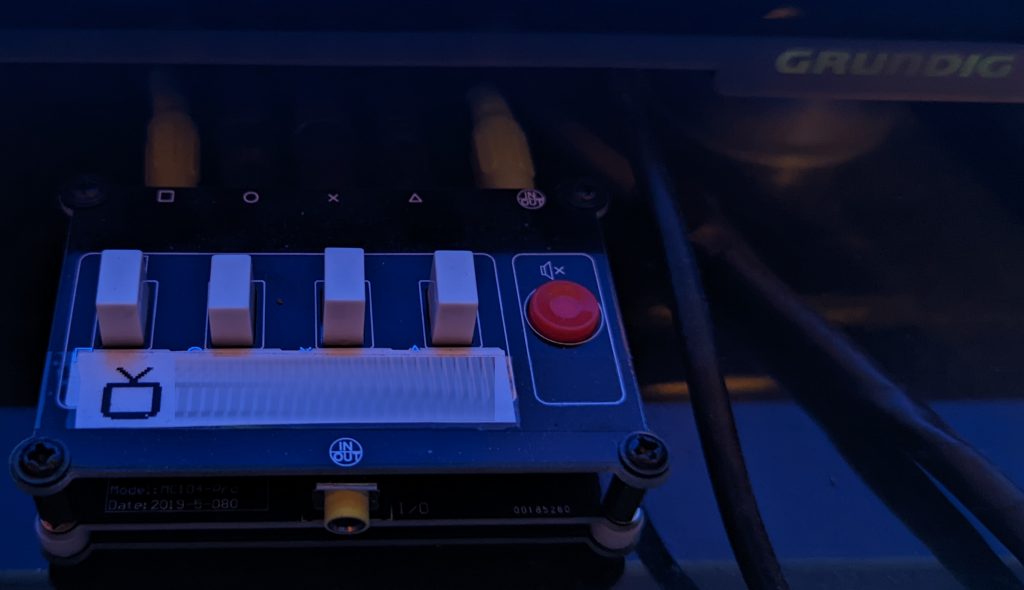
For the audio side there is a „Nobsound Little Bear 4 Way Audio Switch“, to route four inputs into the speakers. One input is the TV, one is for the Amiga 500, one for the *CENSORED* and the last one for the *CENSORED*. On the output side of that switch are some stereo speakers from Amazons „Basic“ product range.
Both switches are fitted with custom labels, printed on my crappy laser printer and cut to size to be fixed with good old TESA tape.
Wall Display
The wall display is a small LCD screen (intended as Notebook replacement part), connected via a TV-Controllerboard to a Raspberry Pi 3 looping a video playlist. For the audio I’ve added the speakers of a laptop that got ripped apart years ago. All parts are nailed into the wall, the PCBs through their mounting holes and the display with these „hook style“ nails to hang images with the hooks being used to hold the display without literally nailing it.
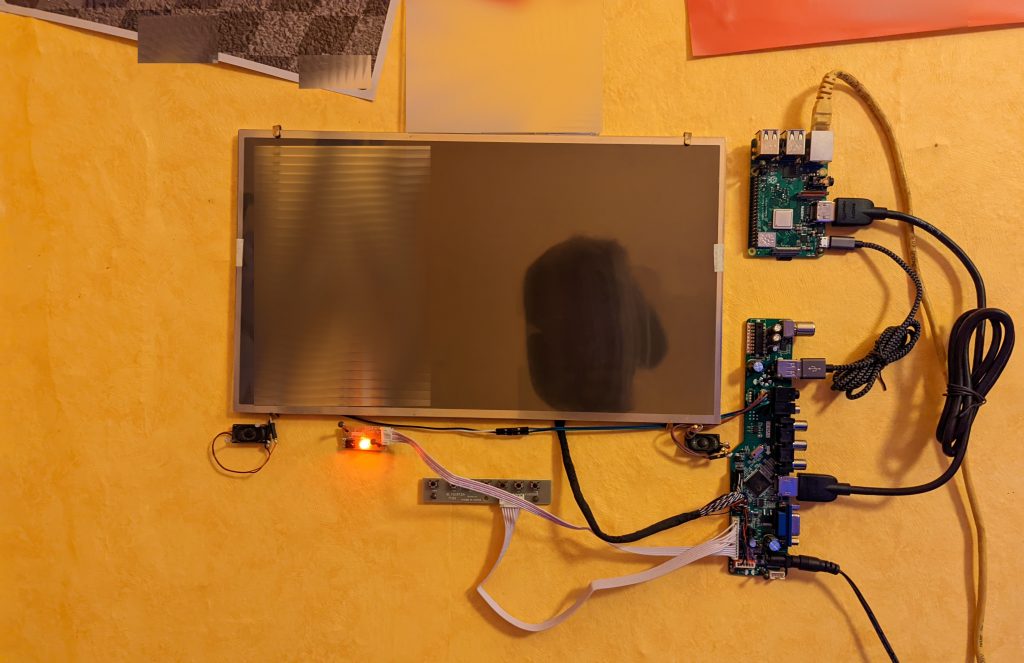
The controllerboard is also powering the Raspberry via its USB port so the Pi will boot when I turn on the „TV“ with the remote. The playlist consists of old advertisements, documentations and similar. It’s mainly existing because I liked the idea of having ads for decoration purposes, but also because I had the hardware for it leftover from a prototype.
Networking
Back then, when these systems where new, ethernet was a luxury good, but these days it’s part of the fundamentals for sure. For networking I’ve configured a decommissioned router (Fritzbox 7390) as switch, which also doubles as WiFi repeater for this end of my flat. Connected to this are the C64, Amiga 500, *CENSORED* and the wall display. On the upstream this „router-now-being-a-switch“ is connected via another Gigabit switch in the living room to my actual router in the kitchen providing way more bandwidth then the whole room will ever use :D.
I would love to go into input devices at this point also, but it would be a whole bunch of *CENSORED* so no value in it ;D.
The upcoming posts
So after I laid out the fundamentals, let’s take a look into the future.
Quite some time passed since I’ve actually owned these systems, so the details about order are dizzy in some parts. For example the actual years when I got them got lost in time. What I can say for sure is that the C64 was the very first owned and used. What I can’t say is which one of the next came first, the *CENSORED* or the *CENSORED*. I know I used the *CENSORED* before the *CENSORED*, but I can’t say the same for owning them.
- C64 – my very first computer (personally owned as well as used)
- Amiga 500 – my second or third computer
- *CENSORED* – my second or third computer
- *CENSORED* – the only *CENSORED FOR SPOILERS*
- Decorations (incl. wall display details)
Yes – this make barely any sense with all the *CENSORED*s. Like said this post is only about the fundamentals. It will work out when all the follow-ups will be posted.

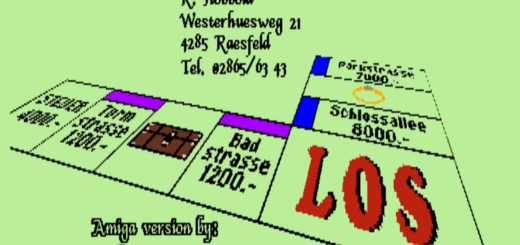
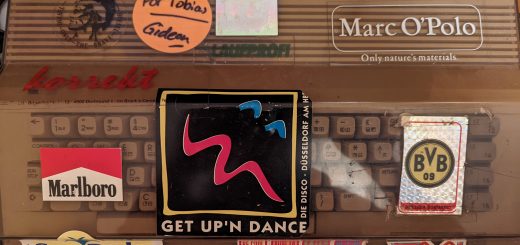

Eine Antwort
[…] the „censorship rules“ from this post also apply […]